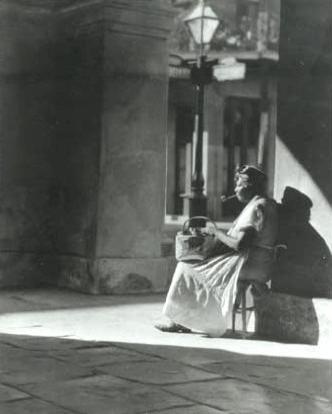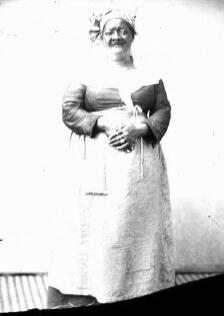| Praline Sellers of Old New Orleans |
| The link to this page is: http://old-new-orleans.com/NO_Praline.html Back to Old New Orleans Whispers |
| Pralinieres of old New Orleans |
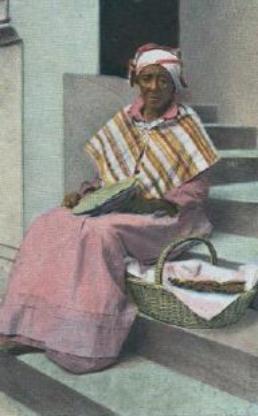
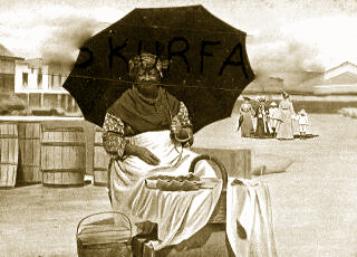
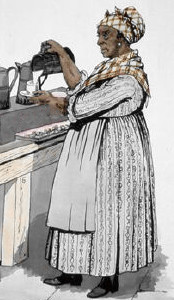
| In the early 1800's, Rose Nicaud became the first coffee vendor in New Orleans. She was a slave and eventually bought her freedom with the money she earned at her coffee stand near St. Louis Cathedral. Today, in New Orleans, there is a coffee shop named in her honor, the Cafe Rose Nicaud. It's located in the Faubourg Marigny area. |

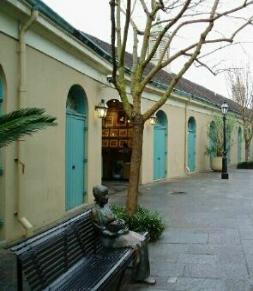
| The idea for the confection that eventually became the praline traveled with French immigrants to New Orleans well over 200 years ago. In their original incarnation, pralines were almonds coated with boiled sugar, a treat first concocted in the home of 17th century French diplomat Cesar du Plessis Praslin by one of his chefs. The name "Praslin" eventually evolved into "praline." Almonds weren't generally available in Louisiana, so pecans were substituted and cream was added (no surprise there, in New Orleans, a recipe without either cream or butter is eyed with a certain amount of suspicion). And, so, a delicious New Orleans tradition was born. Long before the Civil War, pralines became an early entrepreneurial endeavor for free women of color in New Orleans. An article in a 1900 Daily Picayune paper described the pralinieres of the olden days as older black women, who "sold pralines about the streets of the Old French Quarter, frequently seen in Jackson Square and on Canal Street." Author Lyle Saxon in his book, "Gumbo Ya-Ya," wrote about the praline sellers "...garbed in gingham and starched white aprons and tignons, fanning their candies with palmetto leaves to keep them cool and singing out 'belles pralines' to people who passed by." The "Picayune Creole Cookbook," first published in 1901, mentions "...an old French rhyme which has become incorporated in the banquette games of the Creole children of New Orleans, and which runs thus: 'Soeur Rosalie au retour de matines, Plus d'une fois lui porta, des pralines.' It referred to any sugar-coated nut, but it was reserved for the gentle descendants of these old French ancestral homes to evolve, from the suggestiveness of the word 'praline,' dainty and delightful confections that have, for upwards of one hundred and fifty years, delighted many generations in New Orleans." More than a century after this book was published, the praline lives on. -- Nancy |
| Sculpture of a street vendor rests, on bench in the French Quarter. |
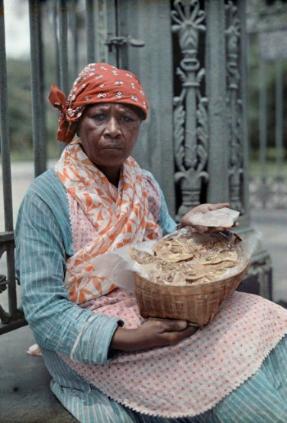
| Jackson Square, 1929 |
